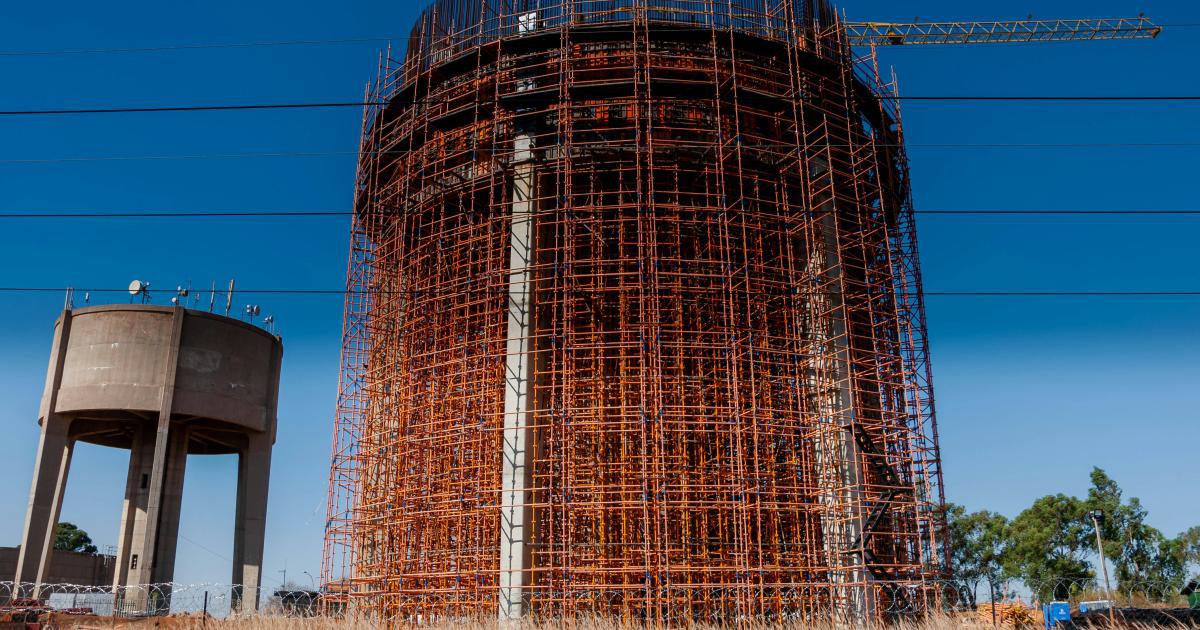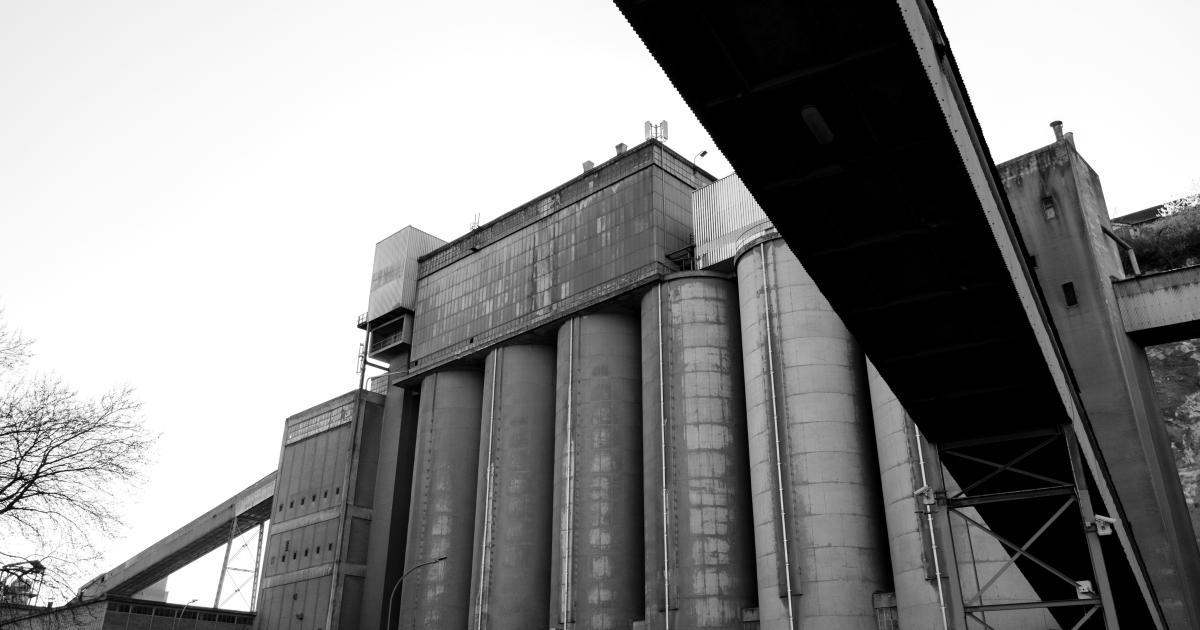Backlink Silos: A Powerful Content Strategy Unveiled


Unlocking the Power of Backlink Silos
In the ever-evolving landscape of digital marketing, the importance of a well-crafted content strategy cannot be overstated. One such strategy that has gained significant traction in recent years is the concept of "backlink silos". This powerful technique not only enhances your search engine optimization (SEO) efforts but also helps you establish a strong and cohesive online presence.
Backlink silos, at their core, are a strategic way to organize your content and build a network of interlinked pages that work together to improve your website's authority and visibility. By creating a structured hierarchy of related content, you can effectively channel link equity and boost your overall backlink profile.

In this comprehensive article, we'll delve into the intricacies of backlink silos, exploring their benefits, best practices, and practical implementation strategies. Whether you're a seasoned digital marketer or a newcomer to the world of SEO, this guide will equip you with the knowledge and tools to harness the power of backlink silos and elevate your content strategy to new heights.
Understanding Backlink Silos
At their essence, backlink silos are a content organization and internal linking strategy that revolves around the creation of topically-related clusters of content. These clusters, known as "silos," are interconnected through a network of strategic internal links, creating a strong and cohesive structure that search engines can easily navigate and understand.
The primary goal of backlink silos is to establish a clear hierarchy and thematic organization within your website, allowing search engines to better grasp the relevance and authority of your content. By grouping related pages together and linking them effectively, you can demonstrate to search engines that your website is a comprehensive and authoritative resource on a particular topic.
The Anatomy of a Backlink Silo
A backlink silo typically consists of the following elements:
Pillar Page: The foundational page that serves as the central hub of the silo. This page provides a comprehensive overview of the main topic and acts as a gateway to the other pages within the silo.
Supporting Pages: These are the pages that delve deeper into specific subtopics or aspects of the main theme. They are strategically linked to the pillar page and to each other, forming a network of interrelated content.
Internal Links: The critical connective tissue that binds the silo together. Internal links between the pillar page and supporting pages, as well as among the supporting pages themselves, create a cohesive and easily navigable structure.
External Links: While the focus is on internal linking, strategic external links can also play a role in strengthening the silo's authority and relevance. These links to authoritative and relevant sources can further enhance the credibility of the content.

By organizing your content in this manner, you can effectively demonstrate to search engines the depth and breadth of your expertise on a particular subject. This, in turn, can lead to improved search engine rankings, increased traffic, and better user experiences for your audience.
The Benefits of Backlink Silos
Implementing a backlink silo strategy can deliver a multitude of benefits to your content marketing efforts. Let's explore some of the key advantages:
1. Enhanced Search Engine Optimization (SEO)
Backlink silos are a powerful tool for improving your website's SEO performance. By creating a clear and logical content structure, you make it easier for search engines to understand the relevance and authority of your pages. This can lead to higher rankings, increased visibility, and more targeted traffic from search engine results.

2. Improved Link Equity Distribution
One of the primary benefits of backlink silos is their ability to distribute link equity effectively. By strategically linking your pillar page to the supporting pages, and the supporting pages to each other, you can ensure that link juice flows throughout the silo, strengthening the overall authority of the content.
This distribution of link equity can be particularly beneficial for newer or less prominent pages, as they can leverage the authority of the pillar page and other supporting content to rank more effectively.
3. Enhanced User Experience
Backlink silos not only benefit search engines but also greatly improve the user experience on your website. By organizing your content in a logical and hierarchical manner, you make it easier for visitors to navigate, discover related information, and engage with your brand.
This enhanced user experience can lead to increased time spent on your website, reduced bounce rates, and higher levels of user satisfaction – all of which are positive signals for search engines.

4. Increased Content Discoverability
Backlink silos help amplify the discoverability of your content by creating a more intuitive and interconnected network of pages. When users or search engines explore your website, they can seamlessly navigate between related pieces of content, discovering new information and engaging more deeply with your brand.
This increased content discoverability can lead to higher engagement, longer session durations, and more opportunities for conversions or other desired actions.
5. Stronger Topical Authority
By consistently producing high-quality, interconnected content within a backlink silo, you can establish your website as a trusted and authoritative resource on a particular topic. This topical authority can have a significant impact on your search engine rankings, as search engines tend to favor websites that demonstrate deep expertise and comprehensive coverage of a subject matter.

Implementing Backlink Silos: Best Practices
To reap the full benefits of a backlink silo strategy, it's essential to follow a set of best practices. Let's explore the key steps to effectively implement and maintain your backlink silos:
1. Identify Your Topical Themes
The first step in creating a successful backlink silo is to identify the core topics and themes that are most relevant to your business and audience. Conduct thorough keyword research, analyze your existing content, and identify the areas where you can establish your authority.
2. Develop Your Pillar Pages
Craft comprehensive pillar pages that provide a broad overview of your chosen topics. These pages should serve as the foundational hubs for your backlink silos, encompassing the essential information and acting as the primary entry points for users and search engines.

3. Build Your Supporting Content
Develop a network of supporting pages that delve deeper into specific subtopics or aspects of your primary themes. These pages should be strategically linked to the pillar pages and to each other, creating a cohesive and interconnected structure.
4. Optimize Internal Linking
Internal linking is the lifeblood of a backlink silo. Ensure that your pillar pages are prominently linked to from your supporting pages, and that the supporting pages are also interconnected through strategic internal links. This will facilitate the flow of link equity and improve the overall navigability of your content.

5. Maintain Consistency and Freshness
Regularly review and update your backlink silos to ensure the content remains relevant, accurate, and up-to-date. This will not only improve the user experience but also signal to search engines that your website is a reliable and authoritative source of information.
6. Monitor and Refine
Continuously monitor the performance of your backlink silos, analyze user behavior, and make data-driven adjustments to optimize your content strategy. This iterative process will help you identify areas for improvement and ensure that your backlink silos remain effective over time.

Backlink Silo Case Studies
To further illustrate the power of backlink silos, let's explore a few real-world examples of successful implementation:
Case Study 1: Enhancing E-commerce SEO
An online clothing retailer implemented a backlink silo strategy to improve the SEO performance of its product pages. By creating a clear hierarchy of category pages, subcategory pages, and individual product pages, the retailer was able to distribute link equity effectively and demonstrate the depth of its product offerings to search engines.
As a result, the retailer experienced a significant increase in organic traffic, with many of its product pages climbing to the top of search engine results pages (SERPs). This, in turn, led to a notable boost in sales and revenue.

Case Study 2: Boosting Authority in a Crowded Niche
A small-scale digital marketing agency faced stiff competition in its local market. By creating a backlink silo focused on its core service offerings, the agency was able to establish itself as a go-to authority in the industry.
The agency's pillar page provided a comprehensive overview of its services, while the supporting pages delved into the intricacies of each offering. Through strategic internal linking and the continuous creation of high-quality content, the agency was able to outrank larger competitors and attract a steady stream of qualified leads.

Case Study 3: Driving Engagement and Conversions
A personal finance blog implemented a backlink silo strategy to improve user engagement and drive more conversions. By organizing its content into clearly defined silos, such as "Budgeting," "Investing," and "Retirement Planning," the blog made it easier for readers to navigate and discover the most relevant information.
This enhanced user experience led to longer session durations, lower bounce rates, and a significant increase in email newsletter subscriptions and product sales. The blog's backlink silo strategy ultimately contributed to its overall business growth and profitability.

These case studies demonstrate the versatility and effectiveness of backlink silos in various industries and business models. By tailoring the strategy to your specific needs and goals, you can unlock the full potential of this powerful content marketing approach.
Conclusion: Unlocking the Power of Backlink Silos
In the dynamic landscape of digital marketing, backlink silos have emerged as a transformative content strategy that can propel your online presence to new heights. By creating a structured and interconnected network of content, you can enhance your SEO performance, improve user experience, and establish your authority as a trusted industry resource.
As you embark on your backlink silo journey, remember to stay focused on your target audience, continuously refine your approach, and leverage the synergies between your content, internal linking, and overall brand strategy. With dedication and strategic execution, your backlink silos can become the cornerstone of a thriving digital ecosystem that drives tangible results for your business.
Unlock the power of backlink silos and unlock new avenues for growth, engagement, and success. Embrace this transformative content strategy and watch as your online influence and impact expand exponentially.